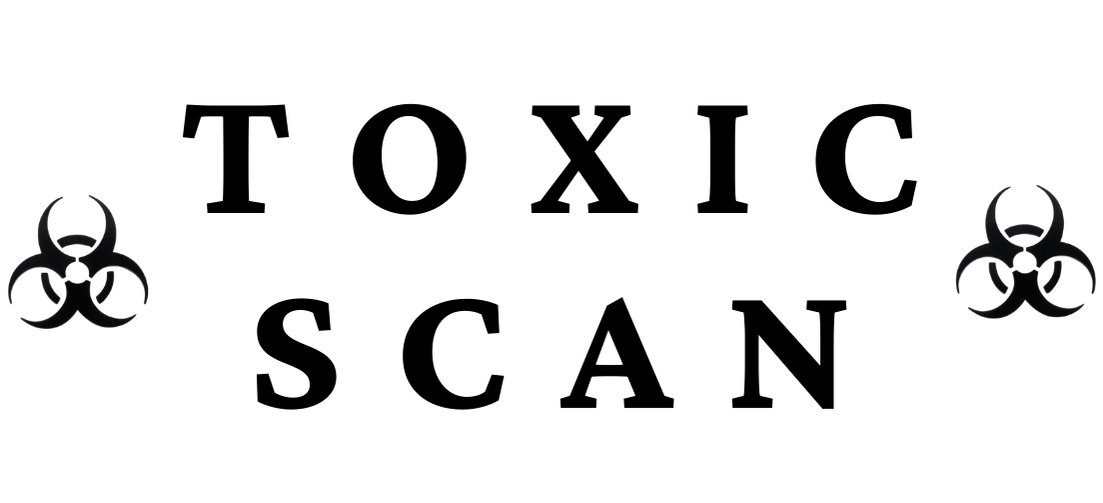E913: Lanolin
E913: Lanolin
What is E913 (Lanolin)?
Lanolin (E913), also known as wool wax or wool grease, is a natural wax secreted by the sebaceous glands of wool-bearing animals, primarily sheep. This yellowish, waxy substance serves as a protective waterproofing layer for the animal's wool and skin. In food applications, lanolin functions as a glazing agent, emulsifier, and texturizer, while also having significant use in pharmaceuticals and cosmetics.
Source and Production
Lanolin is obtained through a specific process:
- Natural source: Collected from sheep's wool during the wool-cleaning process 2. Production process:
- Raw wool is sheared from sheep
- Wool is washed with hot water and detergent in a process called "scouring"
- Lanolin is separated from the wash water through centrifugation
- The recovered lanolin undergoes refinement and purification
- Various grades are produced depending on intended use 3. Types of lanolin:
- Crude lanolin
- Pharmaceutical grade (highly purified)
- Anhydrous lanolin (water-free)
- Modified lanolin derivatives
The production process is sustainable as it utilizes a byproduct of wool production that would otherwise be discarded.
Common Uses in Food
While less common than some other glazing agents, E913 is used in selected food applications:
- Chewing gum and gum bases
- Confectionery coatings
- Fruit coatings (limited use)
- Food contact materials
- Processing aid in some baking applications
- Component in specific food packaging coatings
- Vitamin fortification carrier in some countries
Functional Properties in Food
Lanolin offers several functional properties in food applications:
- Glazing agent: Provides a protective, shiny coating
- Emulsifier: Helps blend water and oil-based ingredients
- Texturizer: Contributes to softness and pliability in specific applications
- Moisture barrier: Prevents dehydration and extends shelf life
- Binding agent: Helps ingredients adhere together
- Plasticizer: Improves flexibility in certain food formulations
Health and Safety
Safety Assessment
Lanolin has been evaluated by regulatory authorities:
- The European Food Safety Authority (EFSA)
- The U.S. Food and Drug Administration (FDA)
- The Joint FAO/WHO Expert Committee on Food Additives (JECFA)
While approved for limited food use, lanolin is more extensively used in pharmaceutical and cosmetic applications.
Safety Profile
Lanolin generally has a good safety profile:
- Digestibility: Partially digestible with limited absorption
- Allergenicity: Potential allergen for a small percentage of the population
- Toxicity: Low toxicity at typical usage levels
- Sensitization: May cause contact dermatitis in sensitive individuals
- Biocompatibility: Similar to human sebum, making it well-tolerated by most people
Regulatory Status
The regulatory status of E913 varies by country:
- European Union: Approved as E913 with specific limitations
- United States: FDA permits limited use in food applications
- Australia/New Zealand: Approved with restrictions
- Canada: Limited food additive permissions
Regulations on lanolin use in food are generally more restrictive than those for pharmaceutical or cosmetic applications.
Natural Status and Consumer Perception
Lanolin's status as a food additive has several considerations:
- Natural origin: Derived from a natural animal source
- Animal-derived: Not suitable for vegans or some vegetarians
- Ethical considerations: Animal welfare concerns for some consumers
- Sustainable aspects: Utilizes a byproduct of the wool industry
- Kosher/Halal status: May require specific certification
Beyond Food: Other Applications
Lanolin is much more widely used outside of food:
- Cosmetics and skincare products
- Pharmaceuticals (ointments, creams)
- Industrial lubricants
- Leather treatments
- Rust preventatives
- Textile processing
- Medical applications (wound dressings)
- Veterinary products
Consumer Information
Consumers may find lanolin on labels under various names:
- E913
- Lanolin
- Wool wax
- Wool fat
- Wool grease
- Adeps lanae
Allergen Information
Lanolin allergy considerations include:
- Prevalence: Affects approximately 1-2% of the general population
- Cross-reactivity: Potential cross-reactions with some wool alcohols
- Symptoms: Typically contact dermatitis when used topically
- Testing: Patch testing can confirm lanolin sensitivity
- Purification: Modern purification methods have reduced allergenicity
Alternatives to E913
For those looking to avoid lanolin, alternative ingredients include:
- Carnauba wax (E903) - plant-based
- Beeswax (E901) - animal-derived but from insects
- Candelilla wax (E902) - plant-based
- Shellac (E904) - insect-derived
- Various plant oils and waxes
- Synthetic emulsifiers and coating agents
Conclusion
E913 (Lanolin) is a natural, animal-derived substance with a generally good safety profile, as reflected by its low toxicity rating of 1. While it has limited applications in food compared to other glazing agents, its functional properties make it valuable in specific contexts. The primary concerns with lanolin relate to allergic sensitivity in a small percentage of the population and ethical considerations for those avoiding animal-derived ingredients. For most consumers, the limited use of lanolin in food products poses no significant health concerns.
